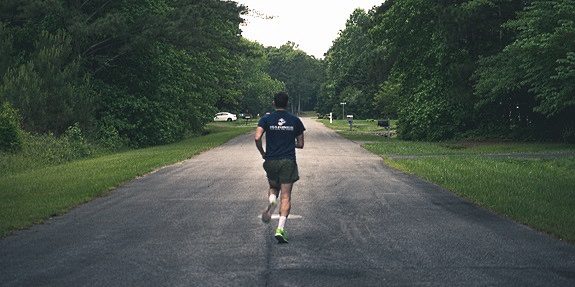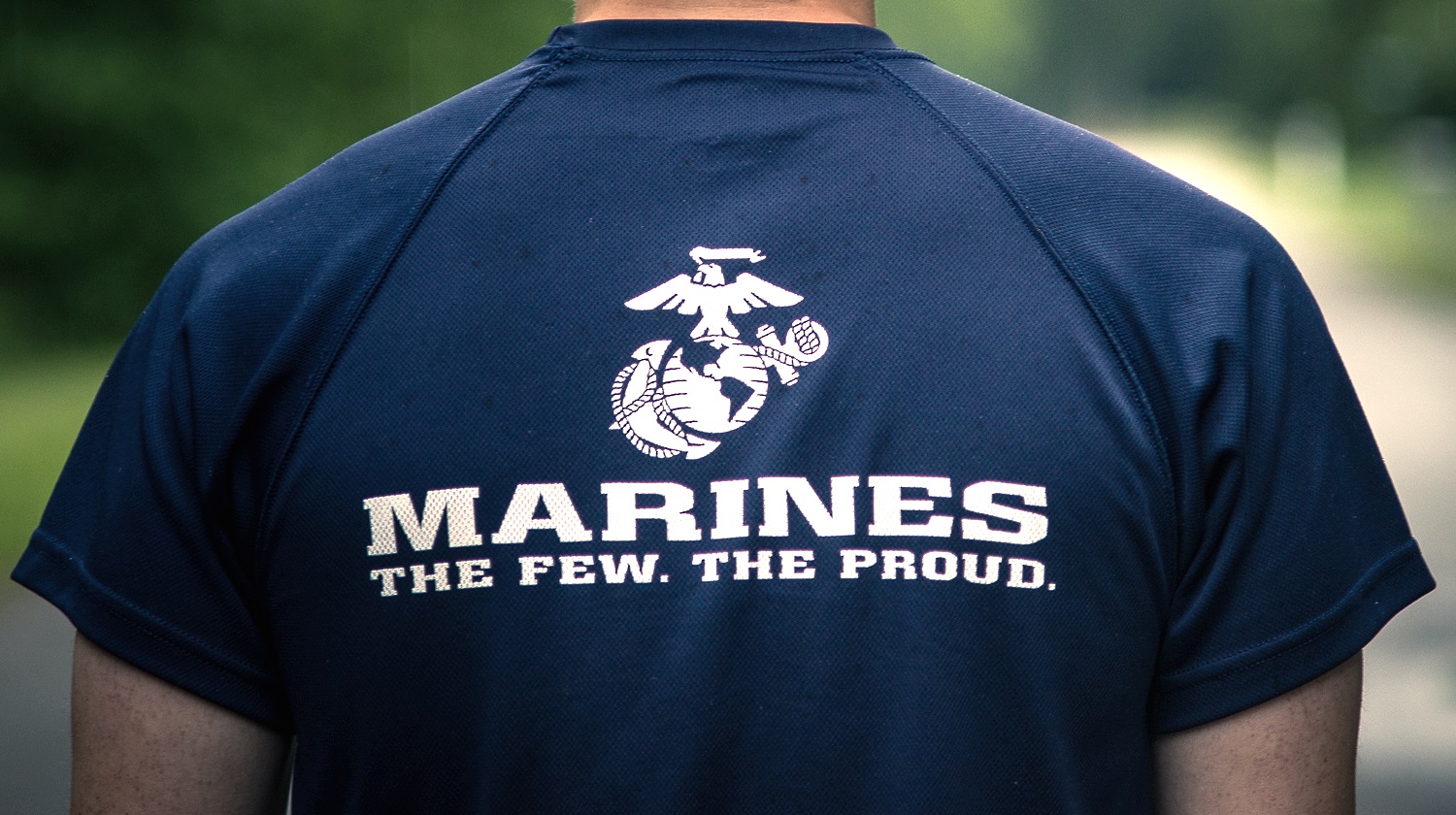DISCLAIMER: As with any fitness program, consult a medical professional (y’know, your Doctor) before beginning. We’re honored to have Zach, one of our contributors and a graduate of the United States Military Academy Preparatory School, provide this guide. But you need to know you, and specifically, where you’re at before you begin. Talk to your Doc before you potentially hurt yourself. More on Zach at the end of this post.
This year I made the biggest career move of my life and signed my contract to attend Marine Officer Candidate School in Quantico, Virginia. It’s a big decision, and not one I’ve taken lightly. OCS is going to be the biggest challenge of my life, and the toughest thing I’ve done thus far.
In preparation for OCS I’ve been diligently working towards learning all the material I’ll need to know, and getting advice from all the Marines and Marine Officers I know. The one piece of advice they all gave me was to run my ass off until I got there. The Marines are nothing if not a physical organization, and the Corps requires that its officers lead from the front. If I want to succeed, I’m going to have to give it everything I’ve got.
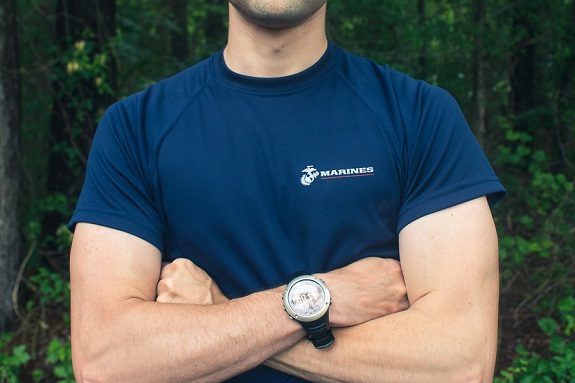
The Marine Corps Physical Fitness Test (PFT) is a 3 event test comprised of pull-ups, crunches, and a 3 mile run. Scored out of 300 points, the PFT is a measurement of your general athletic ability, and you’ll be required to score at least a 225, though you’ll have quite a tough time just achieving that score.
Though you may not be going to OCS this summer (and if you are, I’ll see you there!), the PFT and its associated training are great ways to improve your general fitness and athletic ability. Below I’ve highlighted some of the training that I’ve done, and how it’s impacted me. Done right, most of this stuff can be performed 3-5 times a week and take approximately an hour to complete. Though I sometimes use the gym, beyond a pull-up bar, the rest of this can be done without any equipment.
Step One: Assess yourself
There are many ways to do this, but a great way is to just take a PFT test, as that’s the best way to gauge improvement. It’s a simple test, and should take about 30-40 minutes, depending on your run time. The test is scored out of 300 points, with 100 points allotted to each category.
The Marine Corps PFT test is a 3-part test that is done as follows:
- Pull-ups: Face the bar and mount it. Your palms may be facing towards you or away from you, but we’ll discuss that more in a later section. Come to a dead hang with your arms locked out, and begin the test. A complete repetition is one where your chin passes the top of the bar, and your arms lock out at the bottom. A perfect score is 20 dead hang pullups in under two minutes. (5 points per pull-up)
- Crunches: To get the best score, you’re going to want a friend to assist you. Lay flat on your back, and pull your legs in until your heels are as close to your butt as possible. Have your friend sit on the tops of your feet and wrap their arms around your calves, pulling tight to hold you in place. Now you’re going to cross your arms, gripping your lower biceps. Now that you’re in position, you’ll have two minutes to do as many crunches as you can. A full crunch is one where your forearms touch your thigh. For 100 points, you’ll want to do 100. (1 point per crunch)
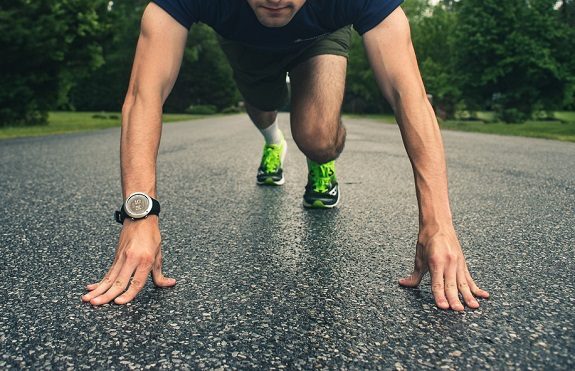
- 3 Mile Run: The run is the hardest portion of the test (for me, anyhow). There’s really no standard technique, other than you must run 3 miles as quickly as possible. A perfect (100) score is 18 minutes, so just deduct a point for every 10 seconds over 18 minutes you take.
Step Two: Plan Your Workout
Now that you’ve run your test, calculate your score and see how you did. Don’t be embarrassed by a low number. In 6 months of work, I’ve improved by nearly 40 points.
There’s a multitude of methods you can use to improve, but there’s one workout I’ve found that seems to have given me the best results in the shortest amount of time, and that’s a sort of modified fartlek (Swedish for “speed play”). A fartlek typically is a mixture of fast running and short jogging, but for our version, we’re going to substitute the jogging for short exercises. I do it on a track at school, but if you don’t have one available, any road or course with a known distance is a possibility, as long as you can perform the exercises between running. The fast run portion of the workout should be done at a pace of approximately 1.5-2 minutes per mile faster than what you ran during your PT test. (for example if your 3 mile pace was 7:30/mile, you’ll do this run at 5:30-5:45/mile pace). For the exercises, we’ll be doing push-ups, pull-ups, and crunches. Do half the number of pull-ups you did on your test, and 50 crunches. For push-ups, do 10-30 depending on your ability. An example workout would look something like this, and could be conducted 3 times per week, with good results.
- 400m run (5:30/mile pace)
- 10 pull-ups
- 400m run (5:30/mile pace)
- 30 push-ups
- 400m run (5:30/mile pace)
- 50 crunches (Repeat 3x)
- End: 400m cool-down walk, stretch
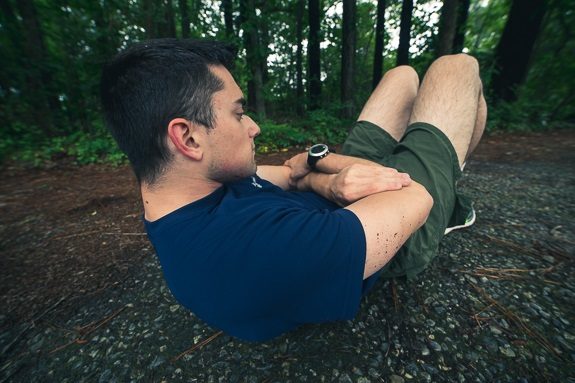
If you’re struggling mostly with pull-ups (the hardest to improve at), there are a multitude of great pull-up training methods, the most reputable being the Armstrong workout.
This schedule gets very repetitive, so I suggest mixing it up with hikes, longer, slower runs, and things like obstacles to give you a little variety.
Step Three: Re-test
With any good training program, you should track your performance and test yourself regularly. I highly suggest conducting the PFT about once every month. You’ll be pleased to see your score climb by 5-10 points each time, and it’s a massive confidence booster.
Don’t Forget:
- Hydrate! Drinking water is an absolute necessity to doing well with your fitness. You should be drinking an extra liter or two above what you have daily, as your body is gonna be using every drop.
- Take care of your shoes! Running shoes are good for 300-500 miles, and after that they lose a lot of their springiness, which can lead to shin splints and the like. Take care of your feet, and your feet will take care of you!
- Rest! If you do the workout mentioned above, make sure you take a rest day in-between workouts. Your body needs time to heal and rest.
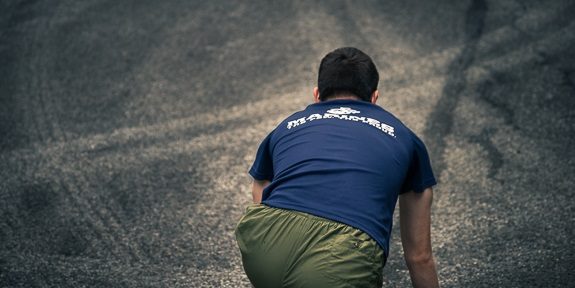
Optional Extra:
This is by no means necessary, but the health and fitness apps and sport devices available today can be great resources for logging and monitoring your workout. My personal favorite is the Suunto Ambit, a GPS watch that can do everything from tell you your current pace/average pace, to guide you on a route and tell you your heart rate and a plethora of other data. It’s a little costly (the current model is about three hundred bucks), but if you’re patient, you can snag a late model on ebay for less than a hundred. Garmin and companies like TomTom and Fitbit also make similar devices, with varying features and prices. If you get into the workout and it becomes something you enjoy doing, any of these could be valuable additions to your day.
Overall, this workout program is very simple, and has worked wonders for me. It may not be the absolute greatest for absolutely everyone, But I promise that you will see improvements to your general strength and cardiovascular fitness.
About the Author: Zach S. is an expedition and product/lifestyle photographer from Maryland’s Eastern Shore, and a graduate of The United States Military Academy Preparatory School. When he’s not doing photography, he’s writing and working towards his goal of becoming a Marine Aviator.
